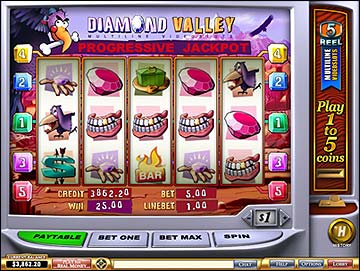Return to Player RTP rates stand as a pivotal metric in the world of online slots, wielding significant influence over both players and operators. These rates essentially denote the percentage of all wagered money that an online slot will pay back to players over time. Their impact is profound and multifaceted, shaping the dynamics of the online gambling industry in various ways. Primarily, RTP rates serve as a crucial factor in players’ decision-making processes. When choosing among a plethora of online slot games, players often scrutinize RTP rates to assess the potential return on their investment. A higher RTP rate implies a greater likelihood of winning or, at the very least, recouping a substantial portion of their wagers over time. Consequently, slots boasting higher RTP rates tend to attract more players, driving engagement and fostering loyalty among the gambling community. However, the significance of RTP rates extends beyond mere player preference. For online casino operators, these rates carry considerable implications for revenue generation and player retention. Maintaining a competitive RTP rate can be instrumental in attracting and retaining a loyal player base.

Operators understand that offering slots with favorable RTP rates not only enhances the gaming experience for players but also fosters trust and credibility, crucial elements in an industry rife with competition. Moreover, RTP rates play a pivotal role in regulatory compliance and responsible gambling practices. Regulatory bodies often impose minimum RTP requirements to ensure fairness and transparency in online gambling operations. By adhering to these standards, operators not only uphold legal obligations but also demonstrate a commitment to ethical gaming practices. Furthermore, maintaining reasonable RTP rates aligns with efforts to promote responsible gambling, as excessively low RTP rates can lead to detrimental effects on vulnerable players. Beyond their direct impact on players and operators, RTP rates also influence broader trends within the online gambling landscape. Fluctuations in RTP rates can trigger shifts in player behavior, with adjustments often reflecting changes in market demand and competitive pressures. Additionally, discussions surrounding RTP rates frequently intersect with debates on game design, volatility, and payout structures, shaping industry discourse and innovation.
However, while RTP rates undeniably wield considerable influence, they are just one facet of the complex ecosystem that encompasses online gambling. Factors such as game quality, graphics, themes, and bonus features also contribute significantly to player engagement and satisfaction. Thus, achieving success in the online gambling industry necessitates a holistic approach that balances various elements, with RTP rates serving as a crucial but not sole determinant of a game’s appeal. In conclusion, RTP rates exert a profound impact on the dynamics of the online gambling industry, influencing player behavior, operator strategies, regulatory frameworks, and broader market trends. As both a metric of player expectation and a tool for industry regulation, RTP rates occupy a central position in the complex interplay between players, operators, and regulatory authorities. Understanding and effectively managing RTP rates is essential for stakeholders seeking to navigate the intricate landscape of online Slot88 and maximize their success in this dynamic and competitive industry.